Where to Go in Germany
Goslar
The Hexenstieg in the Harz, Germany’s northernmost mountain range, is one of the country’s top hiking trails. During the Cold War period, the Iron Curtain (aka the frontier between east and west Germany) ran right through the heart of the Harz, and the region (a restricted zone in the east, a neglected dead end in the west) was largely bypassed by the post-war economic development on either side.
As a consequence, it nowadays provides a more rugged and authentic hiking experience than many of the German trails further west.
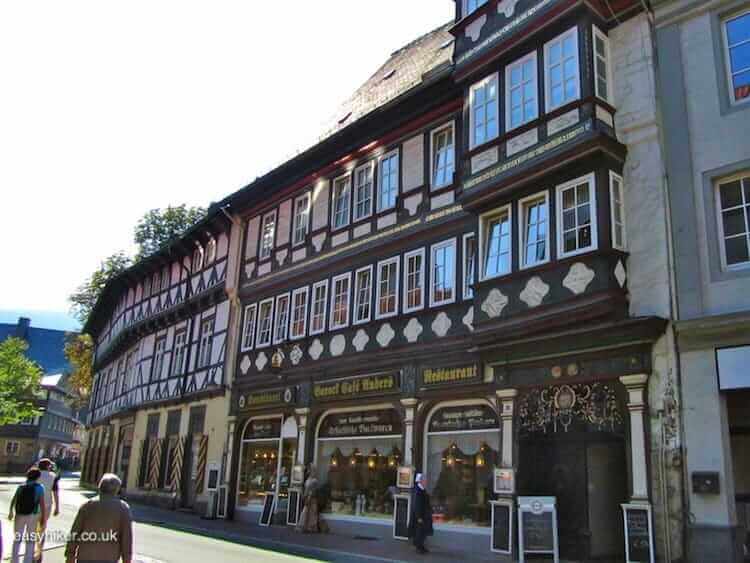
For anybody who wants to sample the Harz, the historic city of Goslar is the perfect entry point – not least because it complements the experience of an authentic German forest with the experience of an authentic German Old Town, one of the largest and most fully preserved in the country.
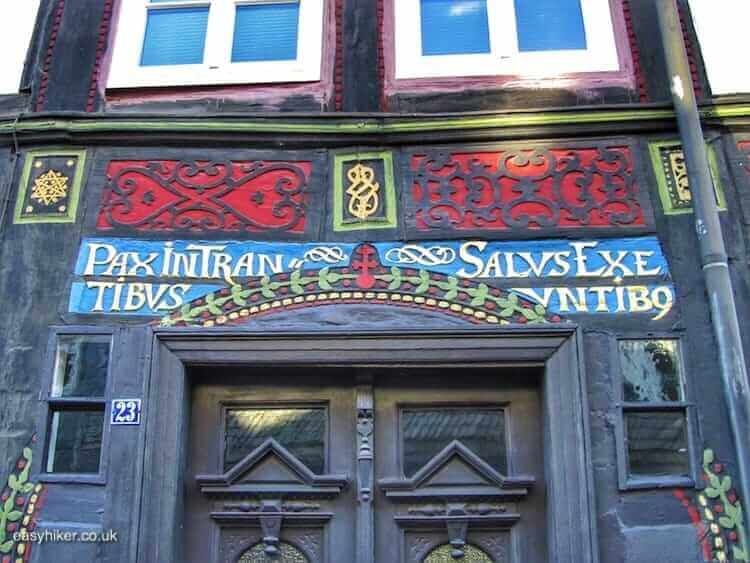
Goslar had its heyday in the 11th century when it became, for all practical purposes, the capital of the Holy Roman Empire.

The buildings that give the Old Town its unique charm, however (and that have earned it the UNESCO’s World Heritage Status), come from a slightly later period, the time of the Reformation, when it was a prosperous hub of the trade in precious metals and slate (both mined in the Harz mountains) between the Rhineland and the German provinces further to the east.
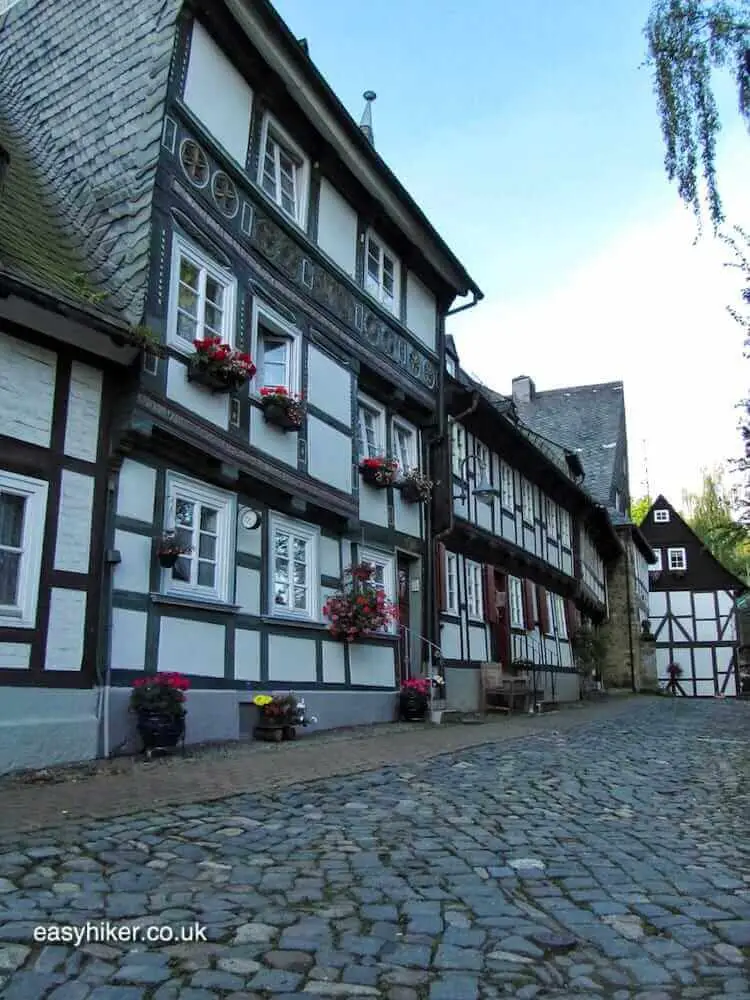
The town experienced its low point in the 19th century when many of its historic buildings were, quite literally, crumbling away.
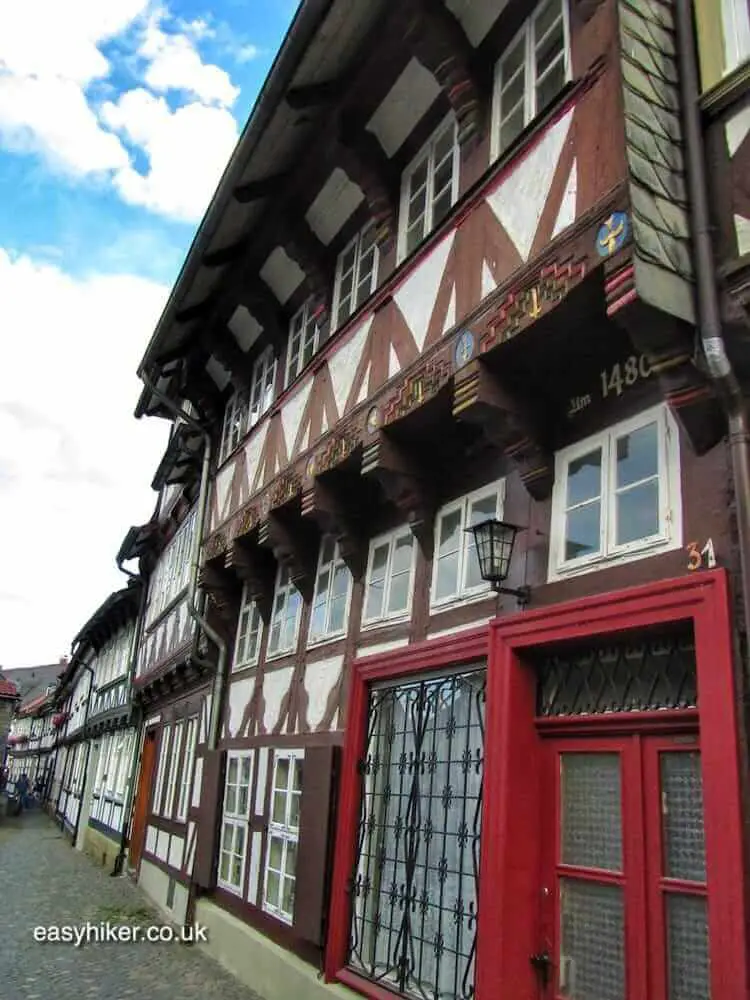
The visiting poet Heinrich Heine was only one of many contemporary Germans who were scandalized that the old Cathedral had been razed to the ground, with only the entry hall left standing. (He also found the streets too narrow for his taste and the sidewalks as “bumpy as Prussian hexameters”.)
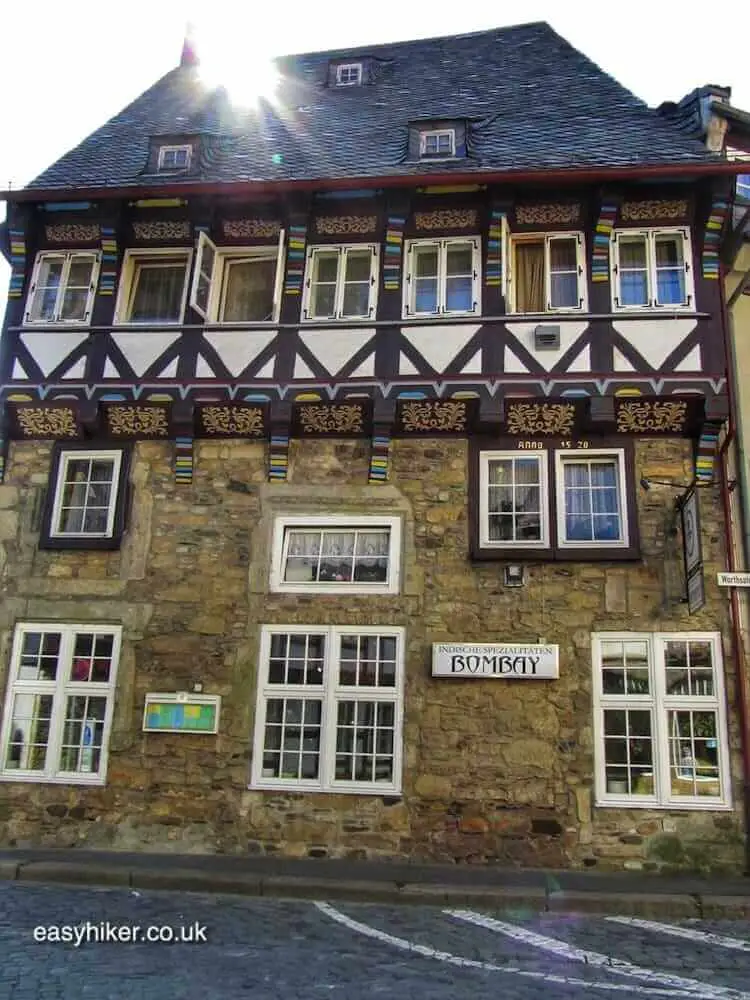
With the arrival of the railways, however, the Old Town was soon prettified into a popular retirement town and, more recently, a holiday destination for (mainly elderly) Germans.
The fact that the Allied bombers barely touched Goslar in WWII has certainly not hurt, either.
Did you enjoy the read? Want to be first to read more of the good stuff? Why not subscribe by email or follow us on Facebook?


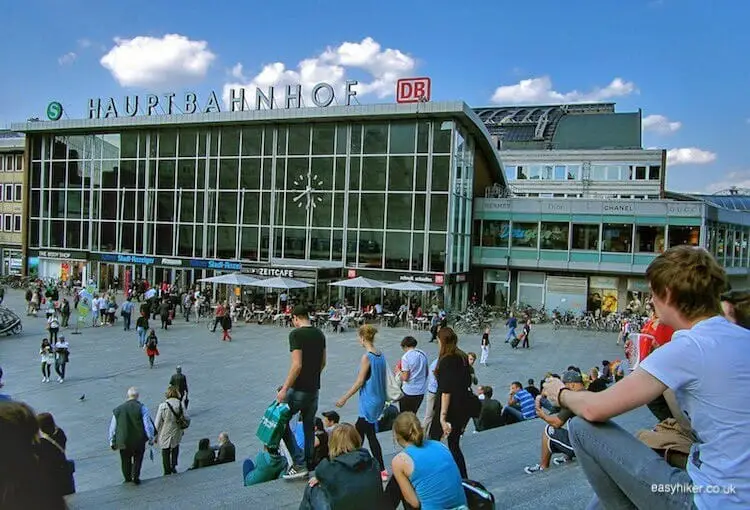

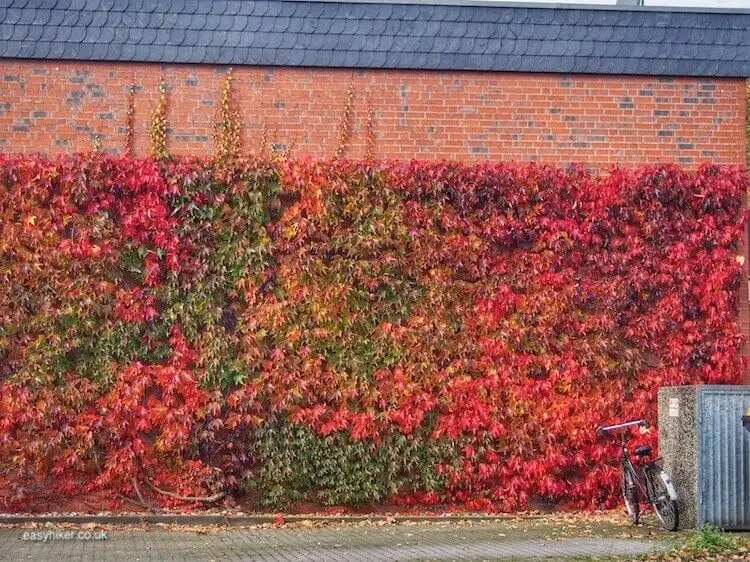

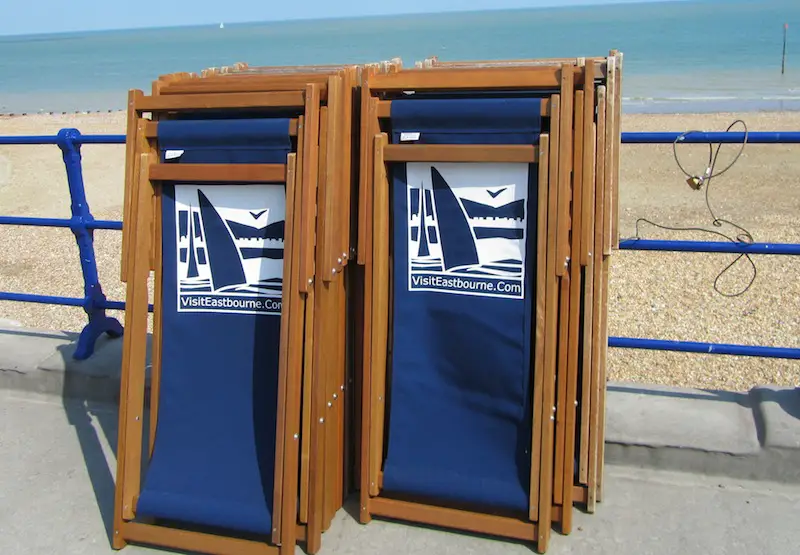
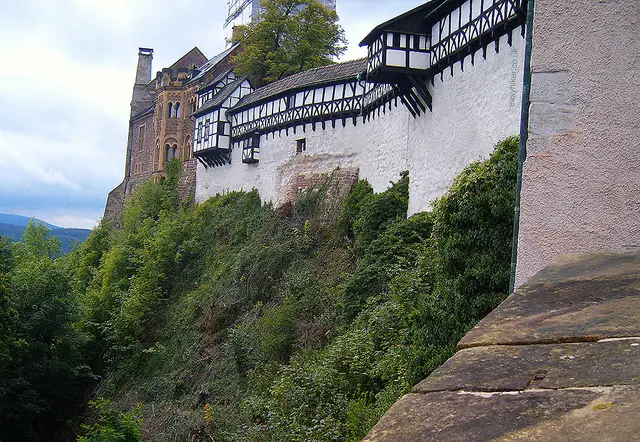
Never too late to discover new places to visit, Simon. You should perhaps schedule a long visit in Germany.
How can I possibly have missed this? This German town is absolutely lovely! Thanks for letting me know about it. I guess Germany is too often off the radar for many travellers, me included. Too bad :-)
Hi Chris, thanks for dropping by. Goslar is indeed a very charming small German town and definitely worth a visit.
Great photos, I love this style of timbered housing. Would love to make Goslar a place on my list of places to visit.
It’s been years, but I’m fairly certain it was one of Colin Forbes’ books. Can’t remember which one, I’m afraid.
Thanks, John. There are many small German towns that I intend to “discover” still, particularly where an easy hiking trail would be nearby.
Hmmm, sounds interesting. Would this thriller be in German?
It’s really a must-visit, Debbie. I’m sure you’ll love it too.
Goslar does looks charming! I once read a thriller set partially the Harzgebirge and have wanted to visit ever since – dark, mysterious spruce woods, quirky villages… seems a very interesting area!
Great choice Michael. I visited Goslar looking for silver mines to visit. I was bowled over by it. It is one of those rarities, a town that was hardly touched in the Second World War. Rothenburg ob der Tauber is another, more famous example. But there are other places that are captivating and have few visitors because they are not featured in most travel tour companies’ brochures.
I am pleased that you are pointing out some of the places of interest on the German map.
Loved your pictures especially then one by the river with the window boxes on the buildings! Looks like I need to add Goslar to my list.
Hey Abi, thanks for dropping by. Yes, Goslar was one of our best family holiday. It’s a town as charming as the houses you see here.
Great set of photos, some of those timbered houses remind me of England. Would love to go hiking there one day…